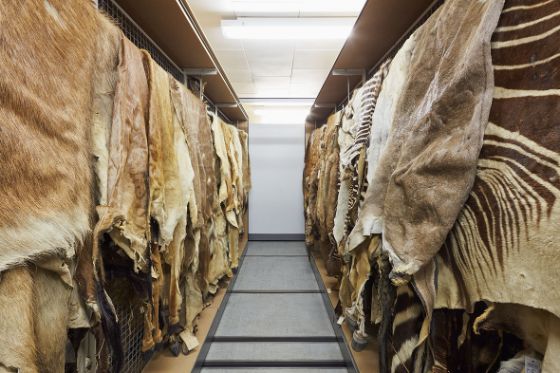
Minerals of the world
This collection represents a cross-section of the different minerals that are found throughout the world. Of the currently 6,160 known and well documented species, around 1,800 are represented in the Natural History Museum Basel's collection.
The Minerals of the world collection is systematically divided up. It follows the internationally recognised mineral classification system established by Hugo Strunz (Strunz and Nickel: Mineralogical Tables, 9th edition, 2001). This system divides minerals up into nine classes: Elements, sulfides/sulfosalts, halides, oxides/hydroxides, nitrates, carbonates, molybdates/wolframates, phosphates/arsenates/vanadates and silicates.
Our collection comprises around 15,000 specimens. A systematic collection designed for completion is unfortunately no longer possible nowadays. This is because many of the new types of mineral discovered over the last 40-50 years are very tiny and exist only in the form of a few examples.
Organic compounds such as amber are not, strictly speaking, minerals. Despite this, they are traditionally assigned in museums to the mineralogical collection. And this is also the case in the Natural History Museum Basel.
